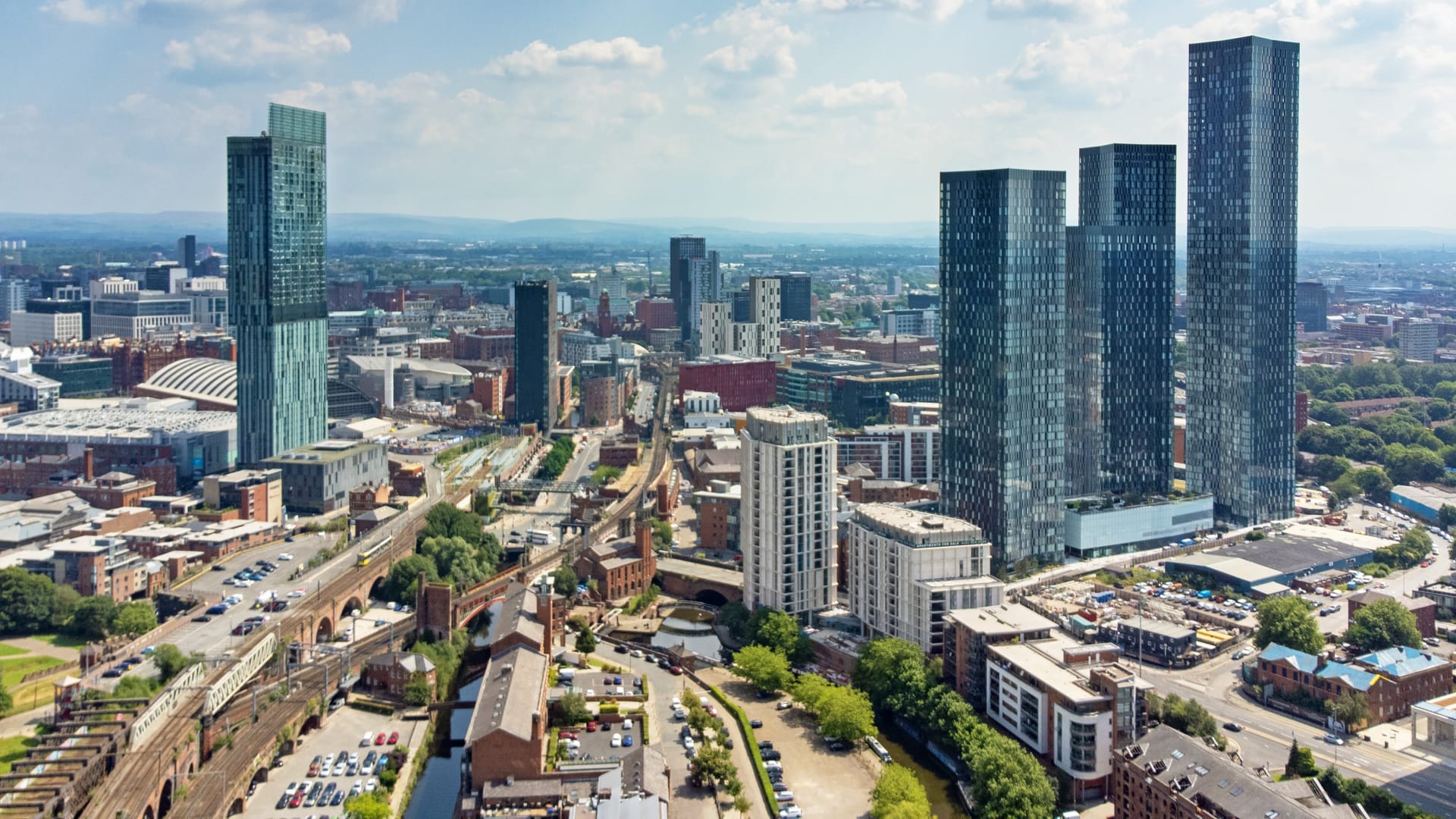Residential Market Update Jan 2023 – Falling Inflation
The Bank of England Monetary Policy Committee will next meet on 2nd February, with expectation that rates could rise again. Yet reports on the economic outlook for the UK have been marginally more positive of late. Despite remaining in double digits annual growth, inflation fell back again in December to 10.5% (from 10.7% in November and 11.1% in October). Inflation is now thought to have peaked in 2022 with forecasters anticipating a gradual fall in the rate of inflation throughout 2023. Albeit remaining higher than the Banks 2% target. Three of the key drivers of inflation globally, commodities, energy and shipping costs, are all falling. With lower gas prices meaning the governments costs to cap energy bills may well be lower than anticipated, helping to lower the rate of inflation in the coming months. But challenges remain, with households still feeling the cost-of-living squeeze as prices of other household goods including food continue to rise. The employment market too, while still robust is seeing vacancies fall as positions are withdrawn in certain sectors.

The Mortgage Market
A more competitive mortgage market is beginning to emerge in the UK. Several lenders have introduced more competitive fixed rate offers. One lender having released a new two-year fixed deal at 4.84%, one of the most competitive rates on the market. New analysis by wealth fund Quilter, has also shown that a fall in house prices coupled with a fall in mortgage rates to around 4%, could see buyers mortgage repayments reduce by as much as 25% by the end of 2023.
The number of mortgage approvals in November 2022 fell to 47,279, the lowest levels since May 2020. However, as we see more competitive deals enter the market, it is likely we will begin to see a gradual uptick in the number of deals approved. It is also worth noting that a proportion of the fall in activity can be linked to the end of the Help to Buy scheme in October, skewing first -time buyer activity.
The Sales Market
The latest set of responses from the RICS survey saw the majority of agents reporting a drop in house prices and new buyer enquiries in December. The story is similar across London with a net balance of 32% of professionals reporting a fall in house prices. The fall in new buyer enquiries is also impacting the time properties spend on the market, with the number of days taken to sell a home rising to 52 days in December, seven days longer than in November. Albeit it is not unusual to see an increase in December.
More challenging market conditions are yet to impact Land Registry house price data, with annual growth still in double digits in November 2022, due to the time lag between offer and completion. But monthly rates of growth are slowing as rising mortgage rates and a squeeze on household budgets are beginning to filter through to the market. The Nationwide House Price Index reports annual growth in December of 2.8%, representing a fourth monthly decline. Across the UK house prices rose 10.3% in November 2022, compared with November 2021, with prices 27% higher than they were in 2019 (November 2022 vs. November 2019). Regionally annual price growth ranged from 6.3% in Greater London to 13.5% in the North West.
The Rental Market
The Homelet index suggests annual rental growth remains strong at 10.8% across the UK, although the monthly change in rents remained flat in December. The latest RICS survey continues to show an imbalance between supply and demand in the both the
UK and London rental markets. The impact of higher interest rates also means tenants are staying in the rental sector for longer as affordability is squeezed, and potential buyers wait to see where the market is heading before committing to purchase.
Forecasts
Lessons learnt from the global financial crisis mean the UK housing market is in a stronger position, with households more equity rich and stress tested for higher rates. JLL forecasts that transaction volumes will fall 30% next year but for house prices we will see a correction rather than a crash.
In Central London, there are a larger proportion of both overseas and cash buyers, less reliant on mortgages, and subsequently effected by rate rises. Coupled with lack of stock coming onto the market, we expect this to underpin values in Central London over the next year of 2.5%.
Outside of Central London a combination of higher rates, poorer market sentiment and the cost-of-living squeeze will mean prices and activity levels fall across the UK housing market in 2023. Prices are expected to fall UK wide by 6% in 2023 before recovering in late 2024, as interest rates fall back and inflation is contained.
| Residential Forecasts | 2023 | 2024 | 2025 | 2026 | 2027 | Total 2023-27 | Average pa |
|---|---|---|---|---|---|---|---|
| UK House Price Change (% pa) | -6.0 | 1.0 | 4.0 | 5.0 | 5.0 | 8.9 | 1.7 |
| UK Rental Value Change (% pa) | 4.0 | 3.5 | 2.5 | 2.5 | 2.5 | 15.9 | 3.0 |
Source: JLL Research
And in case you missed it….
2022 was a record-breaking year for Prime Central London. The latest JLL analysis shows buyers spent £5.2bn on home last year. Looking forward, the cost of living squeeze is expected to put energy efficiency and value for money at the top of the checklist for many renters in 2023. In a UK rental market update, we highlight how 85% of renters from our tenant survey said the environmental efficiency of their home was important to them. And finally, Emma Rosser, Living Capital Markets Research Associate at JLL, on how investment in UK BTR hit a record £6.3bn in 2022, despite a downbeat Q4.
Marcus Dixon
Director of UK Residential Research
+44 (0)7563 380165
marcus.dixon@eu.jll.com




